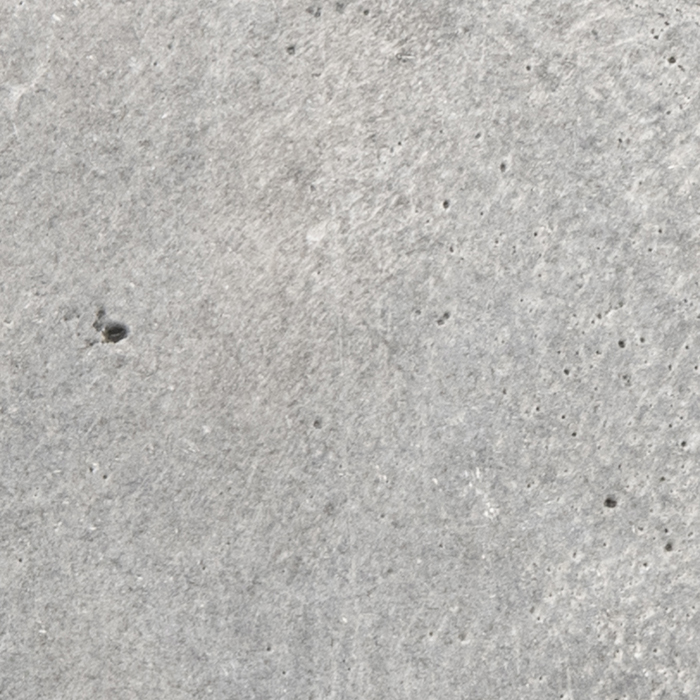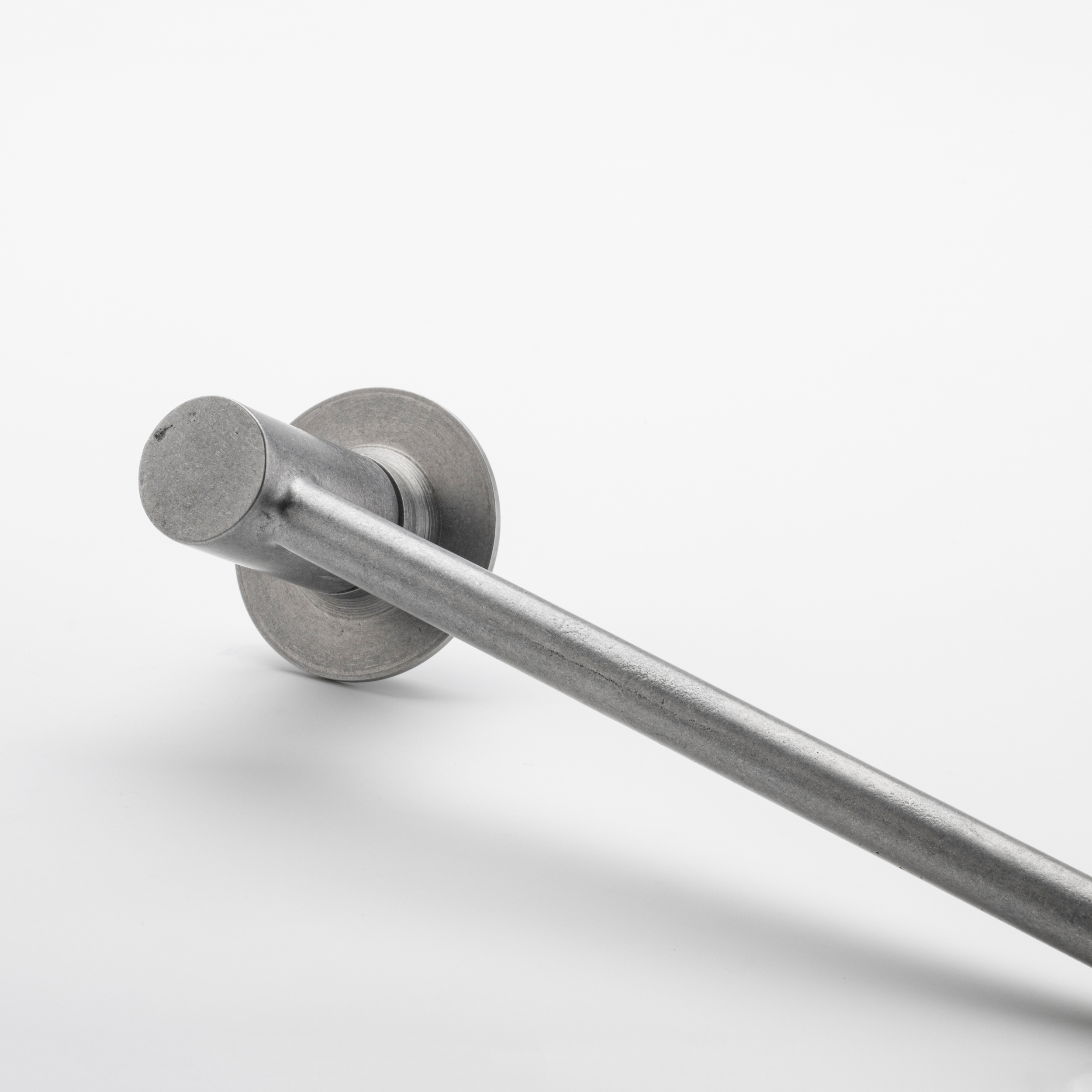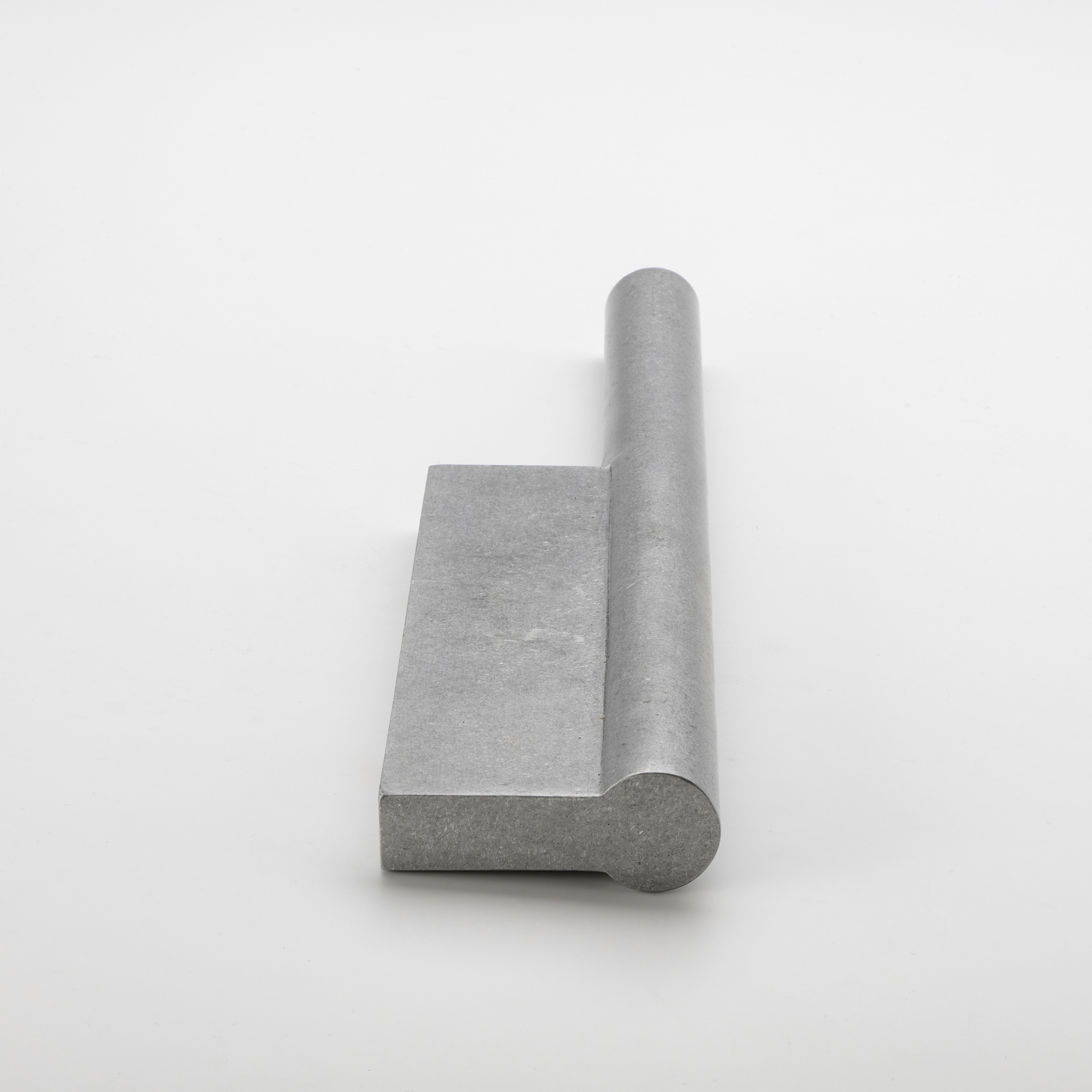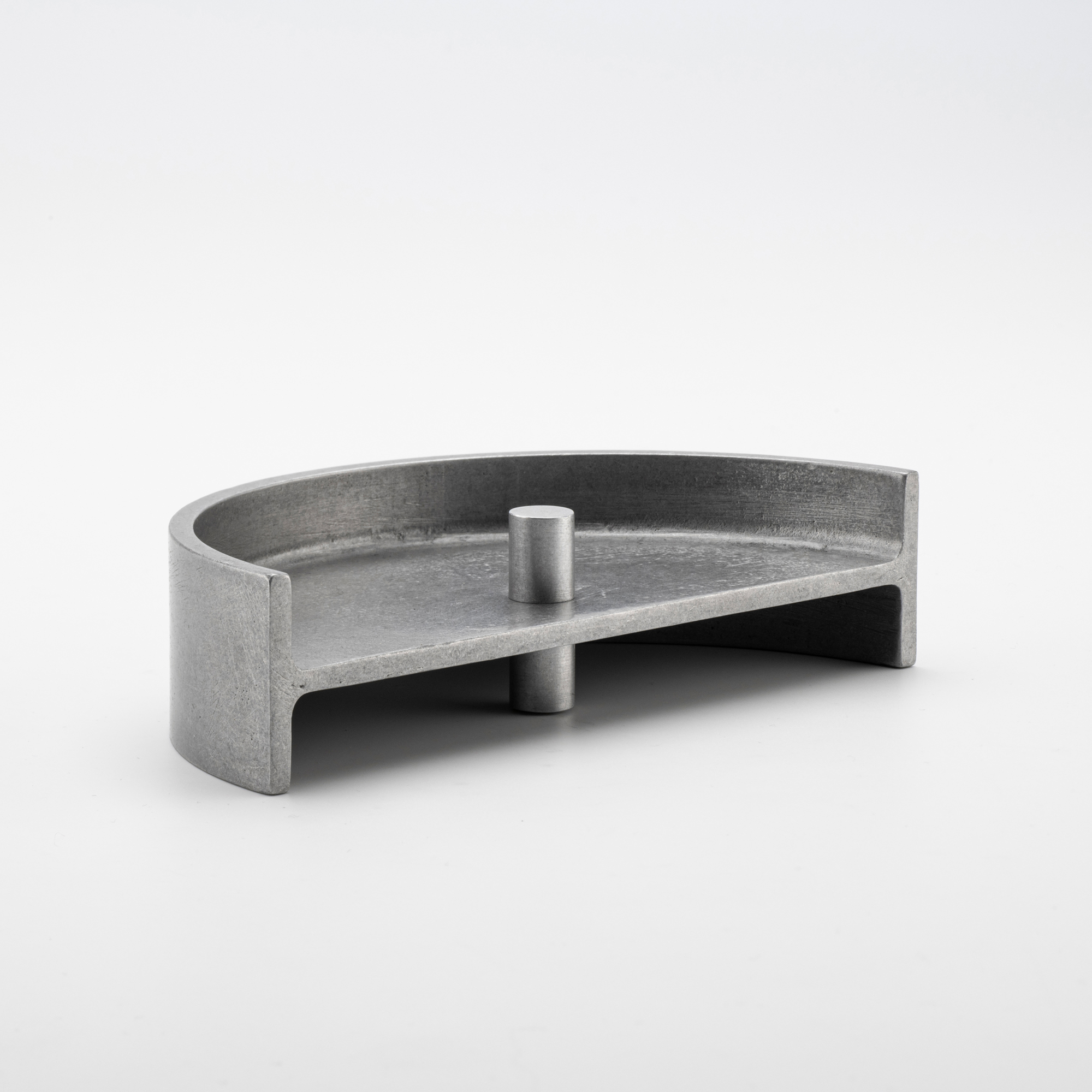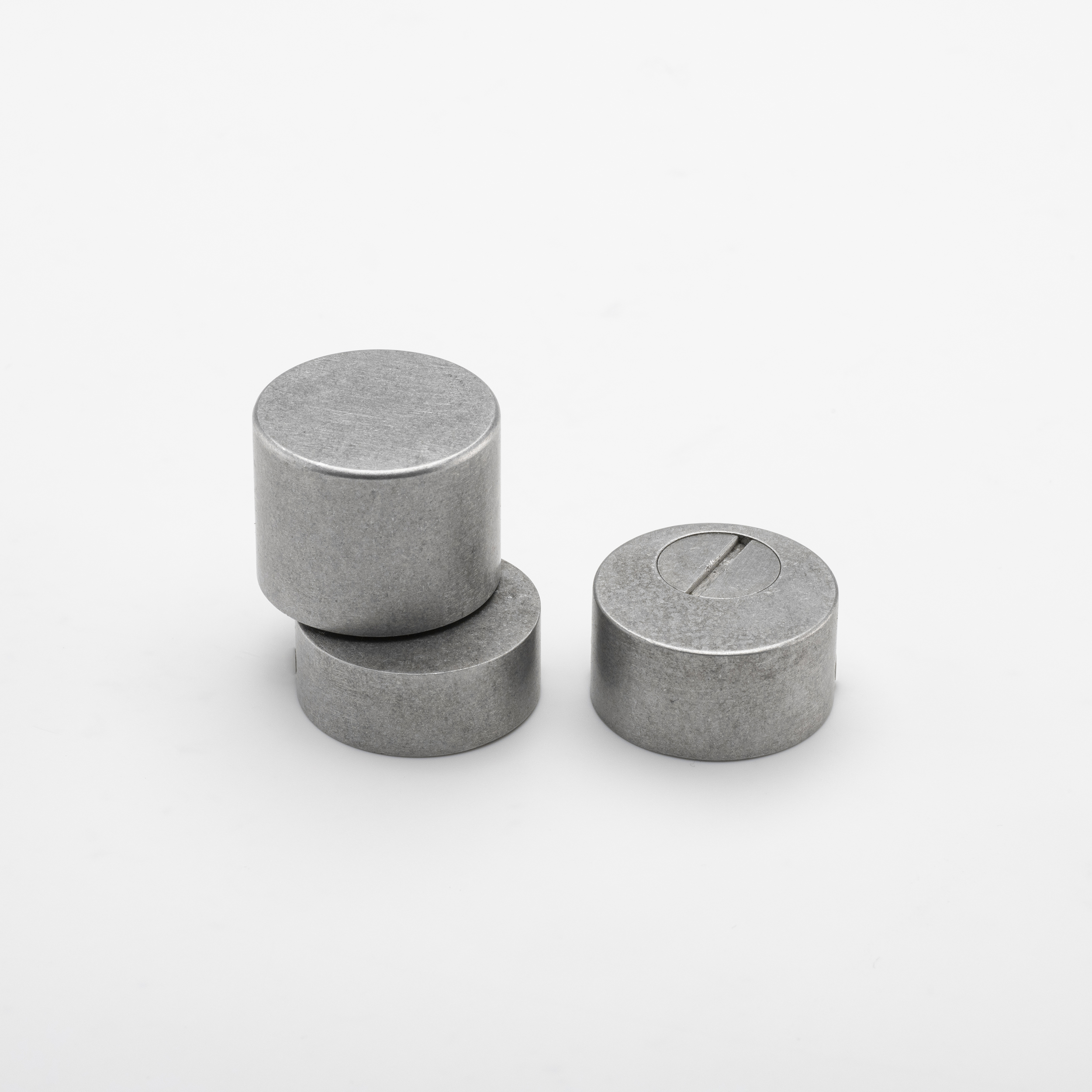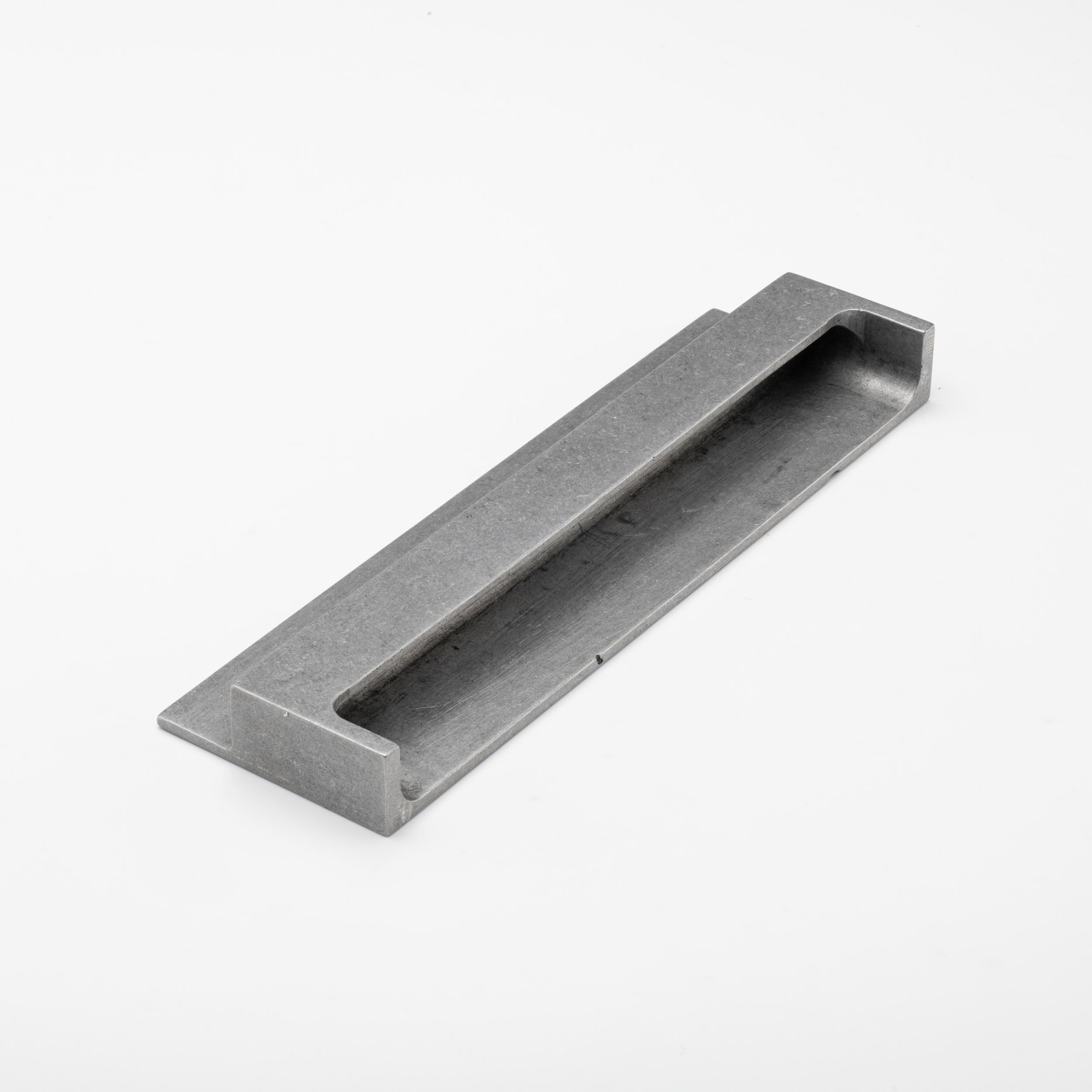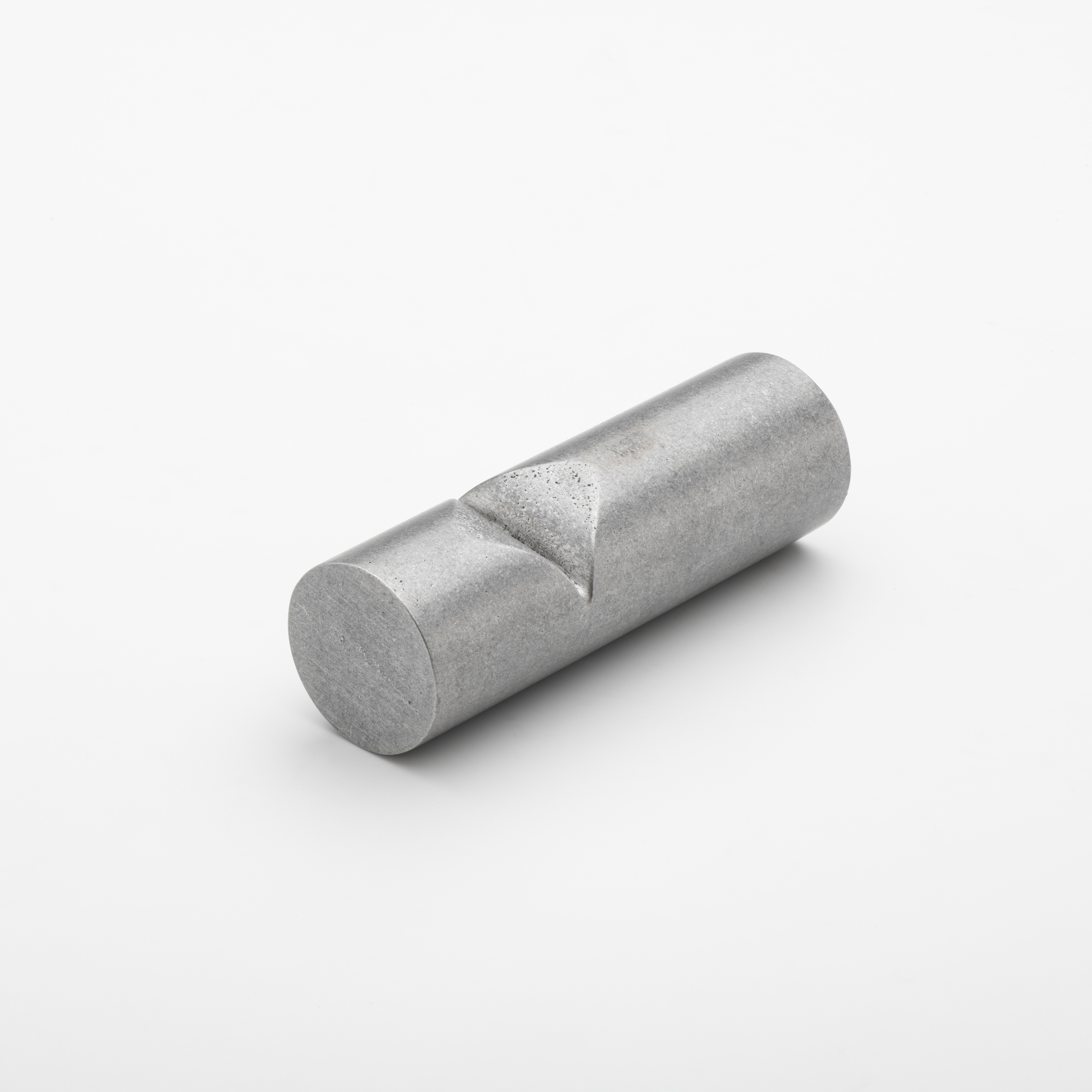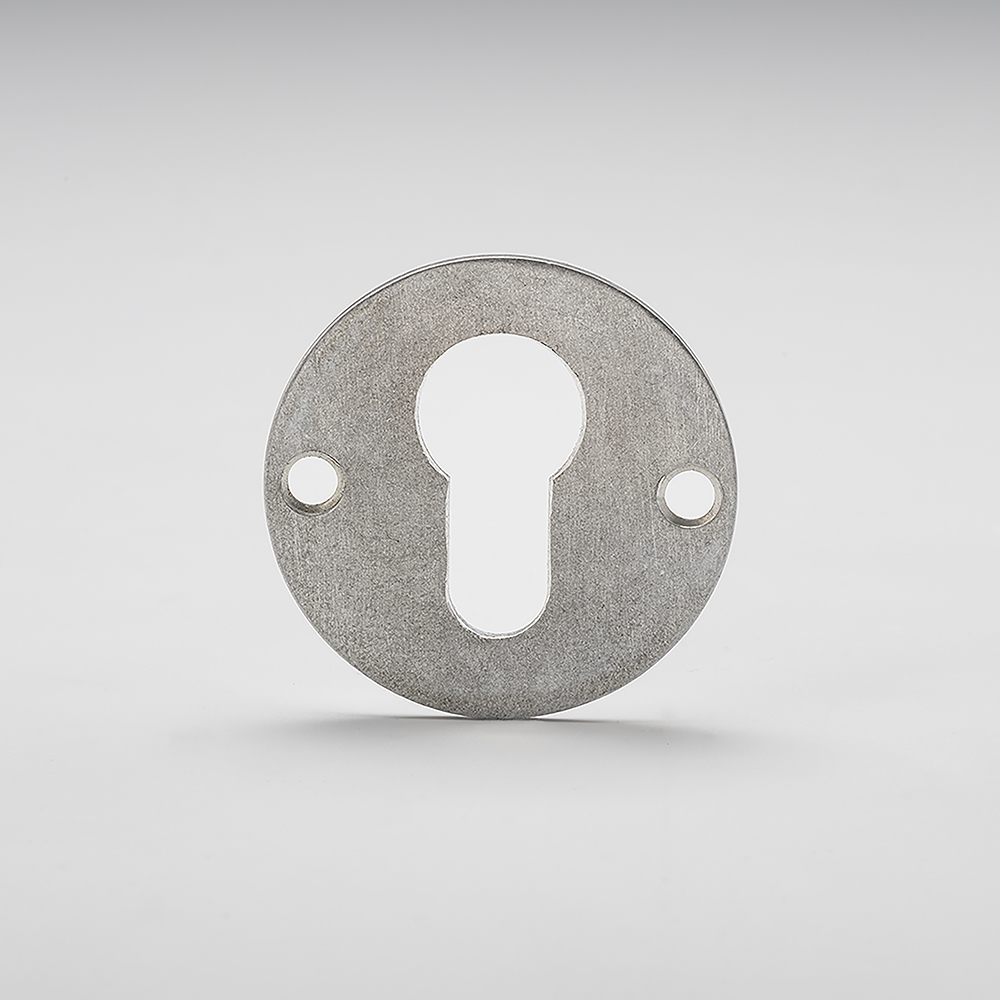Aluminium
Aluminium is comprised of 100% recycled alloy, limiting impacts to the environment by reducing unsustainable energy expenditure during extraction. Aluminium is also a leading choice in the use of more sustainable metals. Light but sturdy and resistant to corrosion, it has the unique ability to be recycled indefinitely. Oxidation: Aluminium readily reacts with oxygen in the air, forming a thin layer of Aluminium oxide on its surface. This layer acts as a protective barrier, preventing further corrosion. However, if the Aluminium surface is damaged or the protective oxide layer is compromised, the underlying Aluminium can be exposed to further corrosion. Corrosion: Aluminium can undergo corrosion when it comes into contact with certain corrosive elements in the environment, such as moisture, salts, acids, or pollutants. Corrosion can result in the formation of pitting, white corrosion spots, or a dull, rough surface. Saltwater exposure: When Aluminium is exposed to saltwater, the chloride ions present can accelerate corrosion. This is particularly problematic in marine environments, where Aluminium structures or components can experience accelerated deterioration due to the corrosive effects of saltwater. Weathering: Exposure to ultraviolet (UV) radiation from sunlight can cause a process called weathering. UV radiation can degrade the surface of Aluminium, leading to colour changes, fading, and the formation of a chalky or powdery residue on the surface.
Care Instructions
-
These products can be restored to their original appearance with a light application of metal polish, followed by a beeswax protectant. Consider a silver toned polish to enhance lustre.
Water and chemical-based cleaners, soaps or abrasive materials will damage the finish and should not be used. We recommend cleaning with a soft lint-free cloth, followed by a beeswax protectant. As the finish is unlacquered, regular application of the wax will be necessary to maintain the original chemically patinated finish.
-
The raw materials selected for Casts will undergo an evolution in their surface texture. While these products will arrive with a vivid finish, exposure to time, touch, and environment will ensure they develop their own distinctive character.
All Casts pieces are supplied with a thin wax coating which protects the original patina. The natural breakdown of this protective wax will accelerate changes in tonality and patination. Finish variation is to be expected and embraced.
